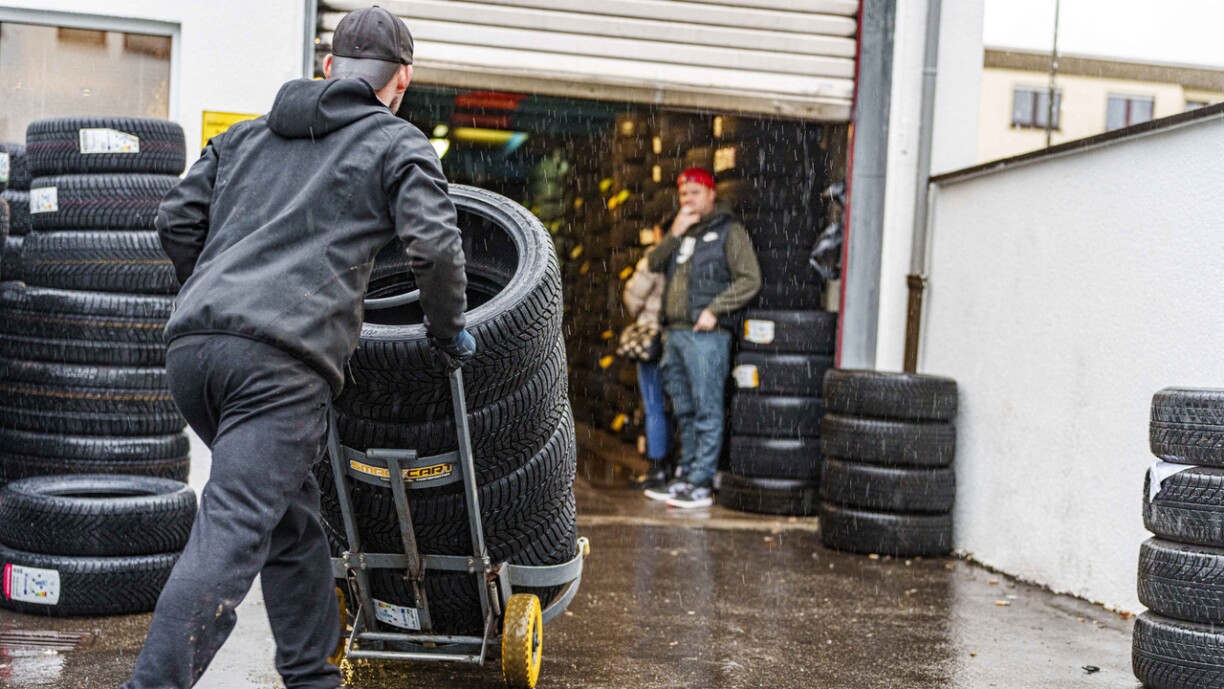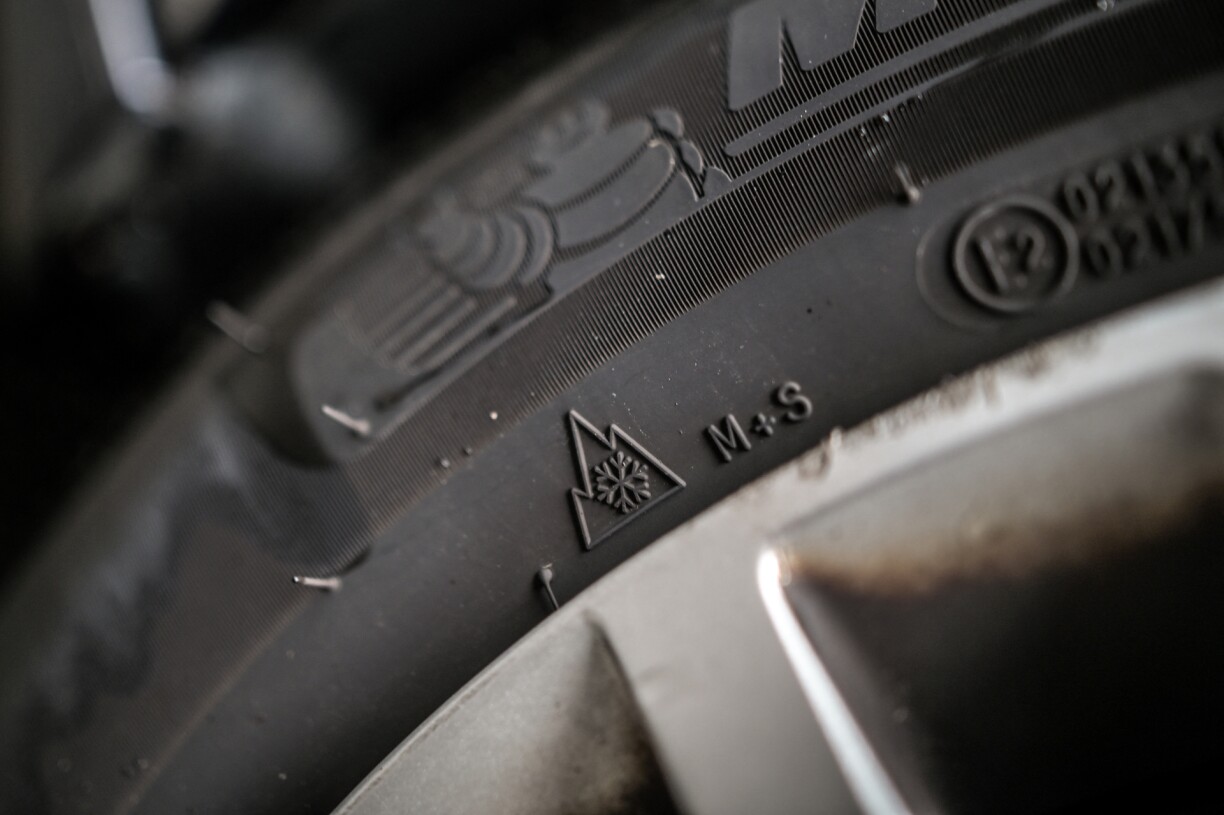
Finding your way through Europe’s patchwork of winter tyre rules is no easy task. In some countries they are mandatory at specific dates, in others only under certain weather conditions, and in some places not at all. Here is an overview of the regulations across European countries.
For peace of mind, it is best to fit winter tyres as soon as the temperature drops below 7°C. They are strongly recommended for safer handling once the weather turns cold. But if you plan to drive abroad within the European Union, bear in mind that the rules vary from country to country.
In the Grand Duchy, winter tyres marked ‘M+S’ or displaying the Alpine snowflake symbol inside a mountain are compulsory in wintry conditions (black ice, compacted snow, slush, patches of ice, or frost). They must be fitted on all wheels of the vehicle. This regulation applies to every car on the road, whether registered in Luxembourg or abroad. Failure to comply can result in a €74 fine.
The French law is a little more complex. Between 1 November and 31 March, vehicles must be fitted with winter tyres or carry snow chains or snow socks, but only in designated mountain areas. A total of 34 departments are covered, including Moselle and Vosges in Lorraine.
Another important update: from this year, only one standard of winter tyre will be accepted in France. From 1 November onwards, tyres marked solely ‘M+S’ will no longer be recognised. Only “3PMSF” tyres will be treated as equivalent to chains. Other winter or all-season tyres may still be used, but drivers will then need to carry chains in order to drive legally.

Across the border in Germany, winter tyres are mandatory whenever weather conditions demand it (snow, slush, frost, freezing rain, or ice). Although there is no official period, the guideline is generally October to Easter. Fines for non-compliance range from €60 to €120. Since 30 September 2024, only tyres carrying the Alpine snowflake symbol are permitted.
Belgium is more lenient than its neighbours: winter tyres are not compulsory but are recommended.